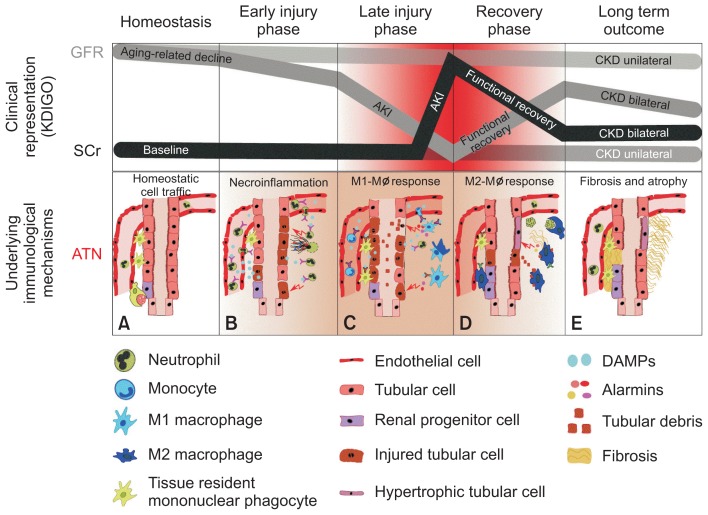Figure 2. Acute kidney injury and renal inflammation.
A general misconception is that the current classification of acute kidney injury (AKI) is not based on markers of tubular necrosis but on markers of renal function. In fact, not the clinical representation of declined renal function, but only severity assessment of the underlying mechanisms of ATN serves as a reliable predictor of AKI-to-chronic kidney disease (CKD) progression. This becomes even more evident for unilateral forms of kidney injury, because serum creatinine (SCr) and urinary output usually remain unaffected in patients with normal baseline glomerular filtration rate (GFR). Nevertheless, some forms of unilateral acute kidney disease involve true kidney injury, renal inflammation, and necrosis such as unilateral renal embolism and thereby cover all phases of renal injury and regeneration. The concept of distinct phases of ATN is an extension of ideas by Sutton et al [10] and Okusa and Chertow [11]. The drop and recovery of GFR and the increase in SCr level are shown along the course of an AKI episode. The suggested course of AKI assumes that the trigger for injury was transient and not repetitive or persistent, either unilateral or bilateral. The immunological characterization of each underlying phase of acute tubular necrosis (ATN; A–E) is described in detail in the text.
KDIGO, Kidney Disease Improving Global Outcomes.

